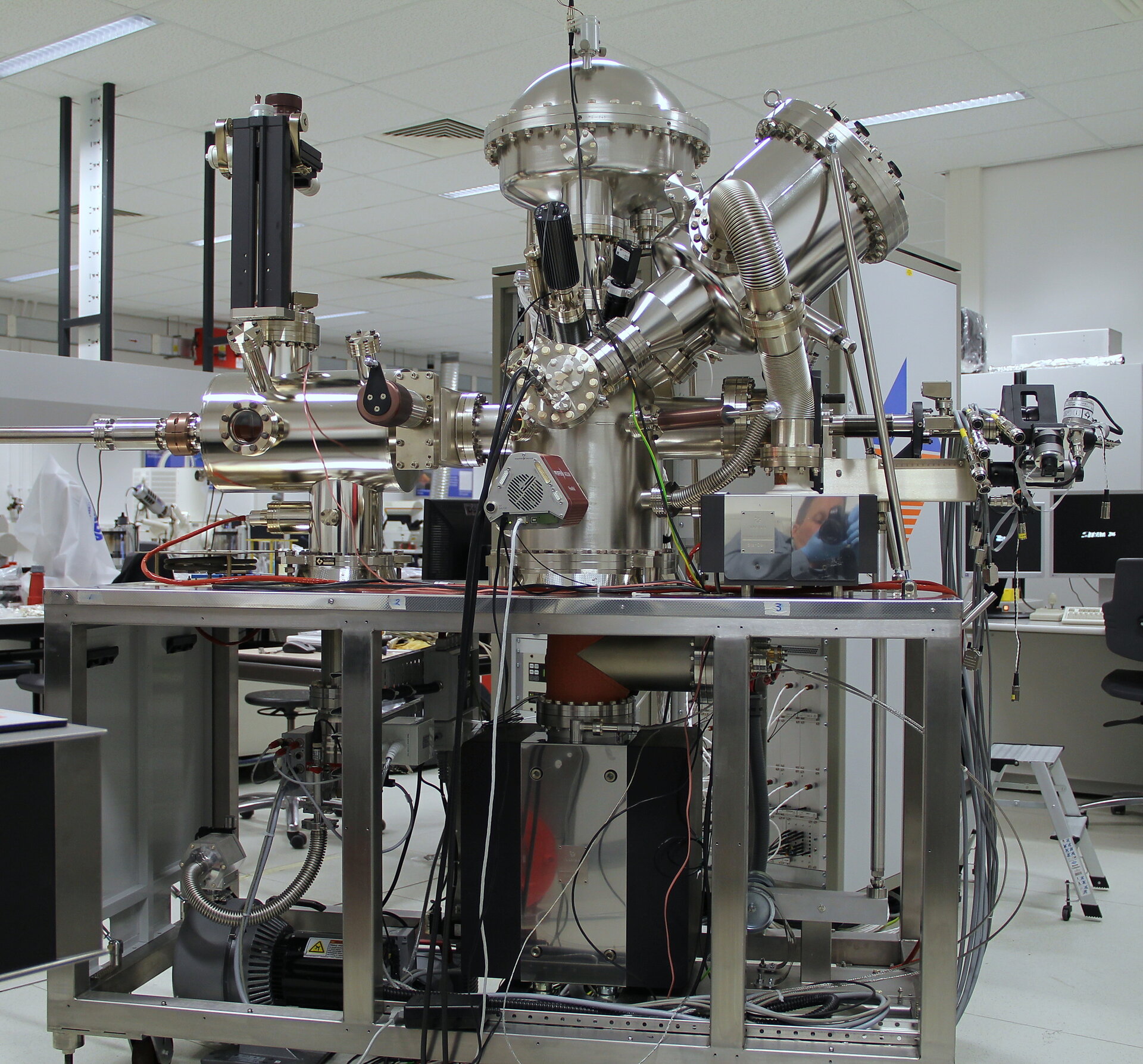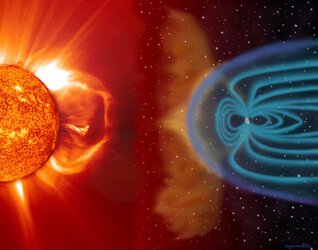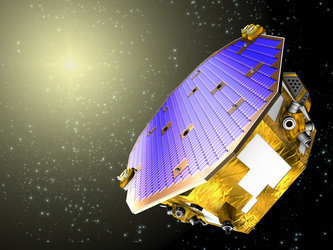ESA engineers explore nano-world with new X-ray instrument
ESA engineers examining candidate materials for future space missions have a new instrument for extremely superficial studies: performing nano-scale analysis of ultra-thin slices of a material’s outermost skin.
The X-ray Photoelectron Spectrometer (XPS) was custom-built to ESA specifications by VG Scienta in the UK and delivered to the Materials and Electrical Components Laboratories at ESA’s ESTEC technical centre in Noordwijk, the Netherlands this month.
The XPS, as a surface science tool, will allow engineers to analyse test material surface structure and composition to a depth of just two to four nanometres – a nanometre being a billionth of a metre, or, typically, a few dozen individual atoms.
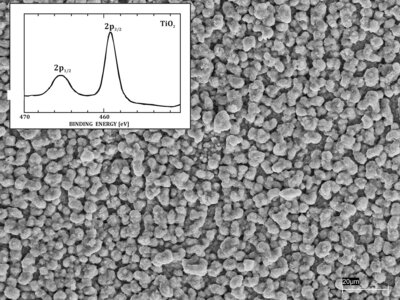
“Nobel-prize-winning chemist Wolfgang Pauli had a saying: ‘God made solids but the devil made surfaces,” explained Christopher Semprimoschnig, head of the Materials Space Evaluation and Radiation Effects Section of ESA’s Materials and Components Technology Division.
“The bulk of a material has a regular structure but the surface where the material meets outside space is irregular.
“This new instrument is very important because we’re interested in how test materials react with space radiation, and any changes to surface chemistry can substantially alter the material’s overall behaviour.
“In addition, we’ll be able to identify and analyse ultra-thin layers of condensed materials on surfaces. For the very important task of verifying if something is really clean then this will be the instrument of choice.
“If we are searching for life on Mars then we wouldn’t want to send our own biological contamination there.”
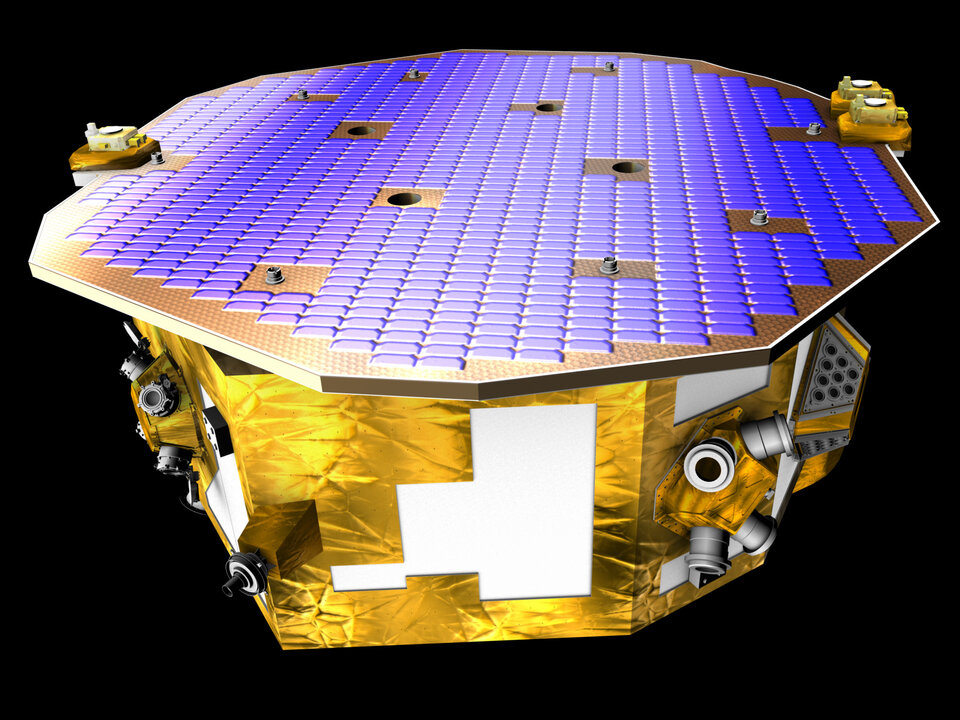
The XPS will be useful in preparing a range of ESA missions, including LISA Pathfinder, which will flight-test technologies for the future detection of gravitational waves predicted by Albert Einstein.
“LISA Pathfinder is based around a block of gold–platinum alloy free-floating within the spacecraft, and measuring external forces deflecting it to prevent it from deviating,” Christopher added.
“Any surface contamination, down to the atomic scale, could lead to control problems.”
The spectrometer’s ability to reveal how outer surfaces will be materially changed by different properties of space will be crucial for the Europa Jupiter System Mission, proposed to send a spacecraft into the radiation-drenched orbit of Jupiter.
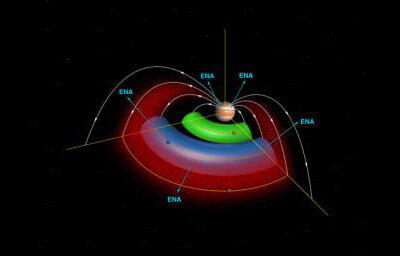
The XPS is the operational opposite of the better-known electron microscope and associated energy-dispersive X-ray spectroscopy. While an electron microscope shoots electrons into a sample and records the X-rays emitted, the XPS probes samples with high-energy X-rays that kicks out electrons with a varying range of energies, detected by the instrument’s hemispherical electron analyser.
“The kinetic energy of these electrons is a function of their binding energy – the difference in energy between the ionised and neutral atoms – and depends on the chemical structure of the substances analysed,” said Christopher.
“This means we learn the precise nature of the surface chemical bonds, which is a substantial step forward.”
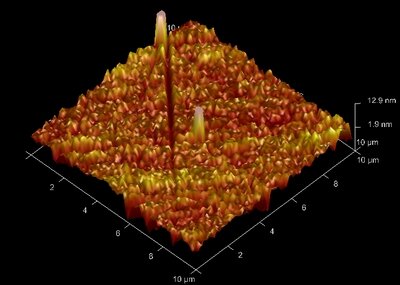
To maximise accuracy, the XPS is an ultra-high vacuum instrument, with pumps creating a vacuum that is a thousand times purer than previous instruments, typically allowing up to 10 000 seconds to analyse a sample before the few remaining atoms in the chamber can contaminate it.
In addition, the instrument is equipped with a focused ion gun that will help to examine depth concentration profiles of samples up to a few tens of microns.
The XPS will be used for ‘nano-analysis’ in conjunction with other instruments, most notably the Atomic Force Microscope (AFM) that employs a nanometer-wide tip like a stylus across a record player to reveal surface topography down to the atomic scale, measuring roughly a single atom per second.


